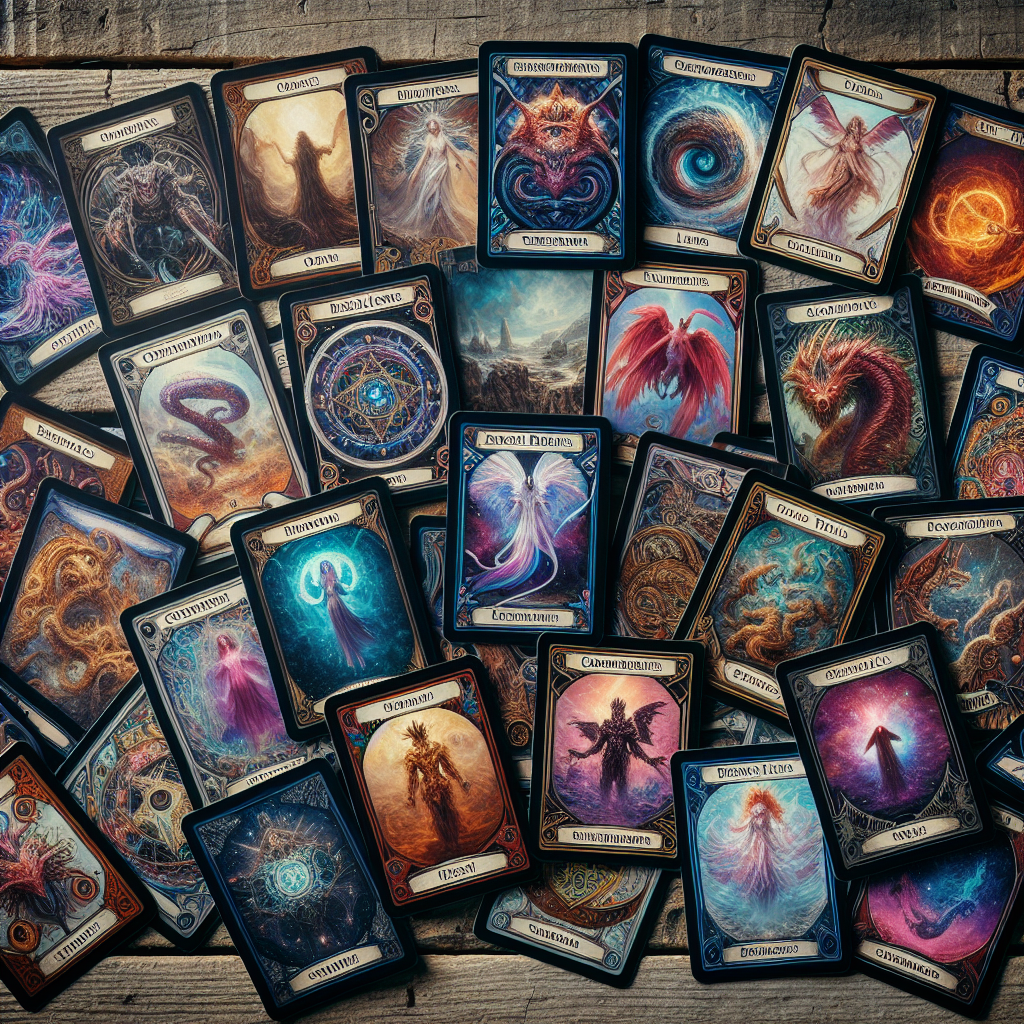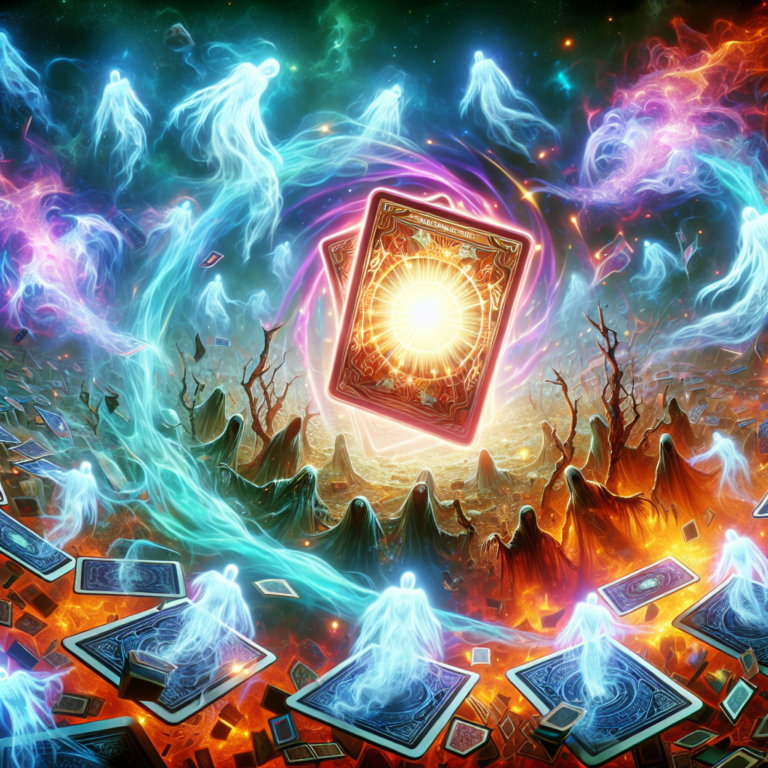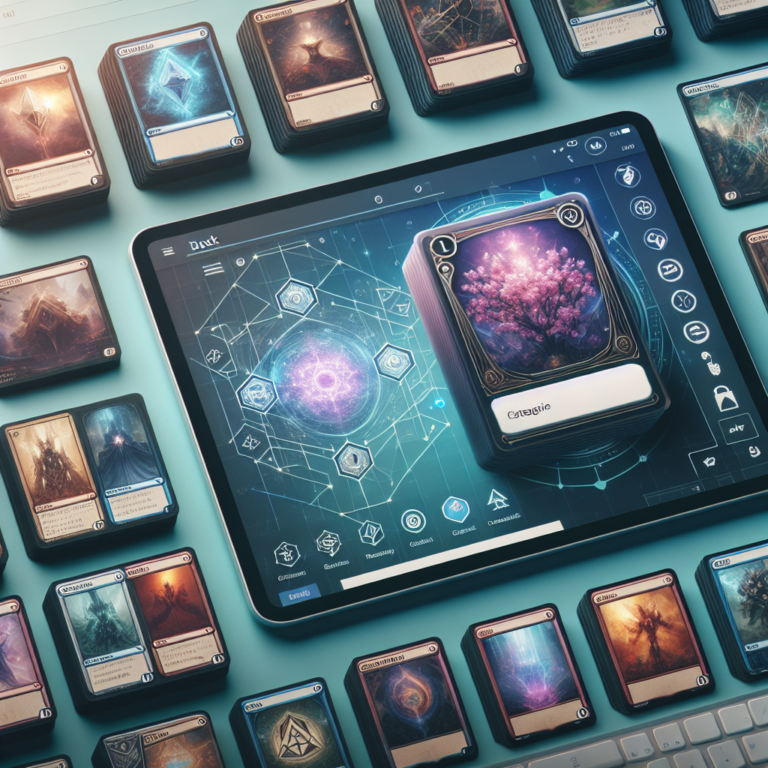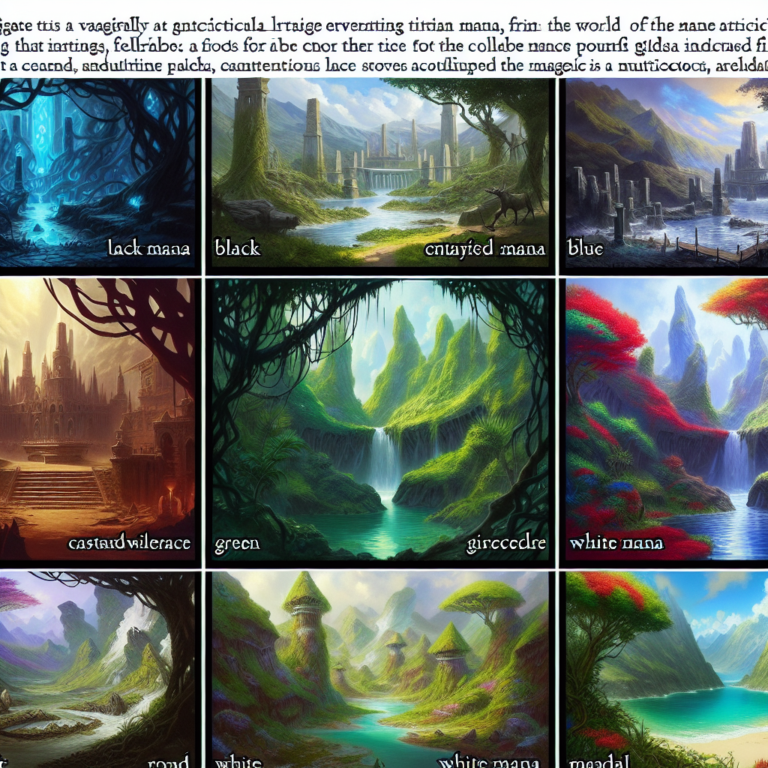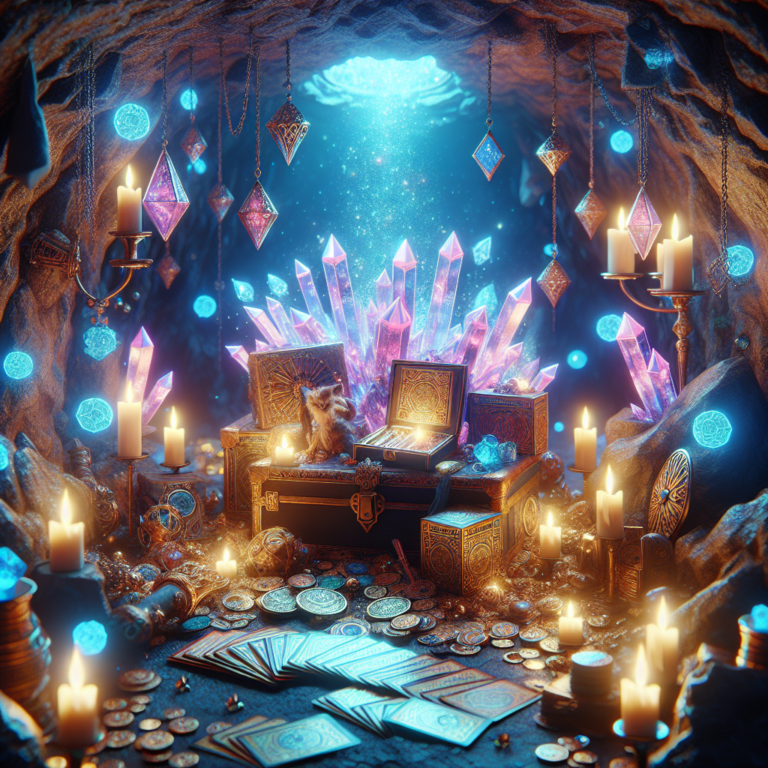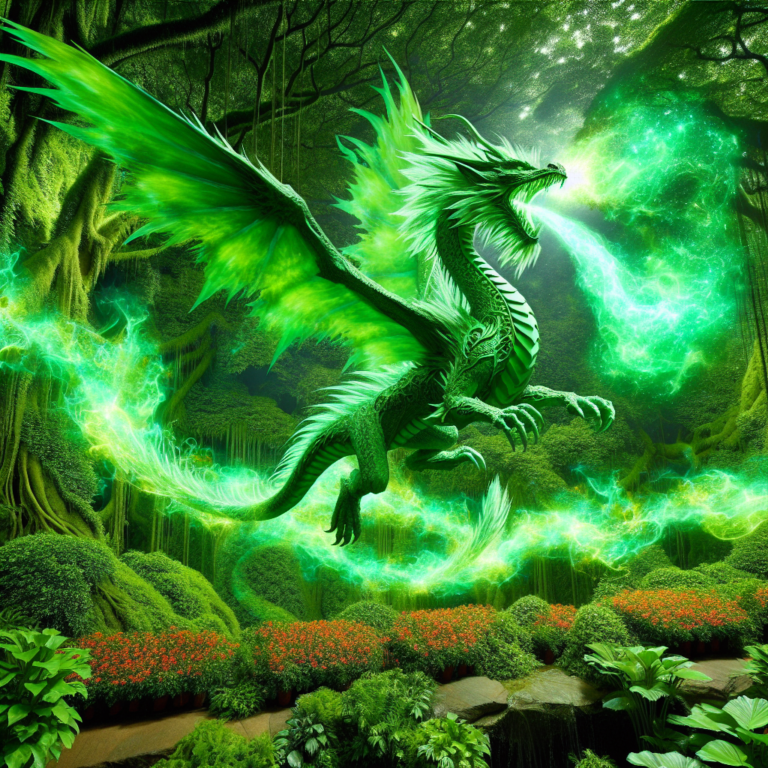Magic: The Gathering Card Guide – Strategies & Tips
Magic: The Gathering, often abbreviated as MTG, is a renowned trading card game that has captivated millions of players worldwide since its inception in 1993. With an ever-expanding collection of cards, strategic gameplay, and a passionate community, MTG continues to thrive and evolve. If you’re new to the MTG world or looking to deepen your understanding, this comprehensive guide on MTG cards will offer valuable insights, strategies, and tips.
Understanding the Basics of MTG Cards
MTG cards are the cornerstone of the game, each providing unique abilities, artwork, and lore. To excel in MTG, it’s critical to understand the different types of cards and their roles within the game.
Types of MTG Cards
MTG cards come in several varieties, each serving distinct purposes within a game.
- Creatures: These cards represent beings that can attack your opponent and block incoming attacks. Creatures have power and toughness stats.
- Spells: Spells are divided into sorceries and instants, which allow players to cast powerful effects to change the flow of the game.
- Enchantments: These cards provide ongoing effects that can significantly impact gameplay.
- Artifacts: Artifacts offer various abilities and can enhance the performance of your other cards.
- Lands: Lands are essential for producing mana, the resource required to cast most spells and summon creatures.
- Planeswalkers: These cards represent powerful allies that can perform multiple abilities over several turns.
Building an Effective MTG Card Deck
Creating a well-rounded and powerful deck is crucial to succeeding in MTG. Here are some strategies to consider when building your deck:
Know Your Win Condition
Before selecting cards, determine how you intend to win. Will you overwhelm your opponent with powerful creatures, control the game with strategic spells, or employ a combination of both? Understanding your win condition will guide your card choices and deck construction.
Mana Curve
Ensure your deck has a balanced mana curve, meaning a mix of cards with varying mana costs. This balance prevents you from being unable to cast spells due to lack of mana or having too many costly cards in your hand early in the game.
Synergy and Combos
Select cards that work well together and can create powerful combinations. Synergistic decks often outperform those with a random assortment of powerful cards.
Include Removal and Defense
Incorporate removal spells and defensive cards to manage your opponent’s threats. This includes cards that can destroy or neutralize creatures, artifacts, and enchantments.
Sideboarding
Prepare a sideboard—a selection of cards you can swap into your deck between games in a match—to counter specific strategies or decks you frequently encounter.
Mastering MTG Card Mechanics and Strategies
Understanding and leveraging the mechanics and strategies of MTG cards can significantly enhance your gameplay experience.
Card Advantage
Card advantage is a key concept in MTG. The idea is to have more cards accessible than your opponent, giving you more options and potential plays. Achieving card advantage can involve drawing extra cards, creating token creatures, or using effects that make your opponent discard cards.
Board Control
Maintaining control over the game board is crucial. This means effectively utilizing your creatures, spells, and other cards to keep your opponent’s threats in check while advancing your own game plan. Prioritize cards that can remove threats, protect your own creatures, or provide utility through their abilities.
Tempo
Tempo refers to the pace at which you gain and maintain control of the game. Efficiently managing your mana and casting spells that give you the upper hand in early turns can lead to a tempo advantage. Cards with low mana cost, haste, or that generate additional resources are valuable for gaining tempo.
Bluffing and Mind Games
MTG is not just about the cards in your hand but also about outsmarting your opponent. Learn to bluff by playing cards in a way that suggests you have certain responses or threats. This can cause your opponent to play more cautiously or make suboptimal decisions.
MTG Card Collecting and Value
For many, the joy of MTG extends beyond gameplay to the collection and trading of cards. Here’s how to approach MTG card collecting:
Identifying Valuable Cards
Several factors influence a card’s value, including rarity, condition, and demand. Familiarize yourself with popular and powerful cards in various formats to identify which ones may be worth collecting.
Preserving Card Condition
The condition of a card can significantly impact its value. Store cards in sleeves, binders, or specialized storage boxes to protect them from damage. Avoid exposing them to direct sunlight, moisture, and extreme temperatures.
Trading and Selling
Engaging in trading and selling can help you acquire the cards you want while offloading those you don’t need. Participate in local MTG communities, online marketplaces, and trading events to expand your collection and connect with other enthusiasts.
Conclusion
Magic: The Gathering offers a rich and complex world of strategy, creativity, and community. Understanding the intricacies of MTG cards, from their types and mechanics to building effective decks and collecting valuable cards, is essential for any player looking to excel in this beloved game. Whether you’re a newcomer or a seasoned player, embracing these strategies and tips will enhance your MTG experience and help you achieve success on and off the battlefield.

